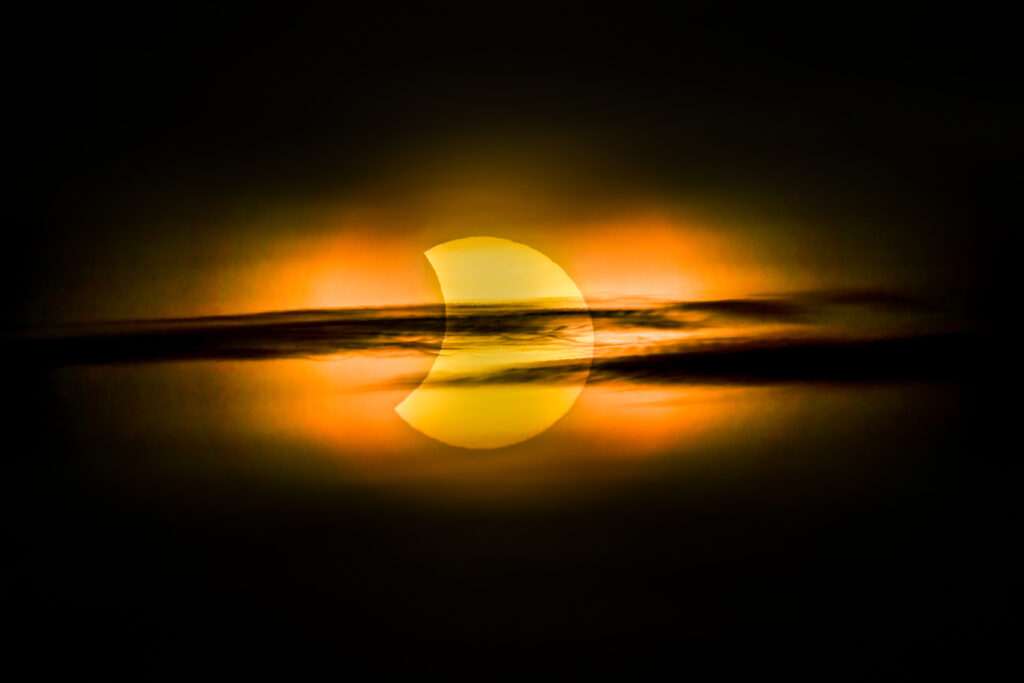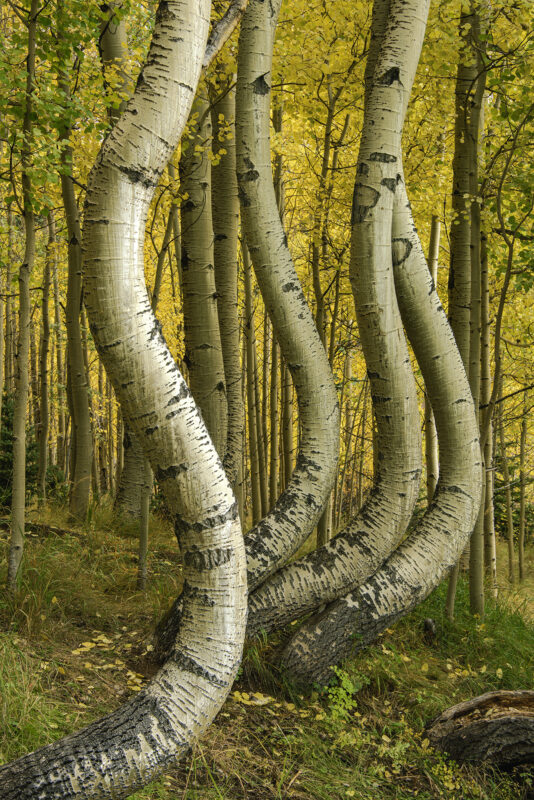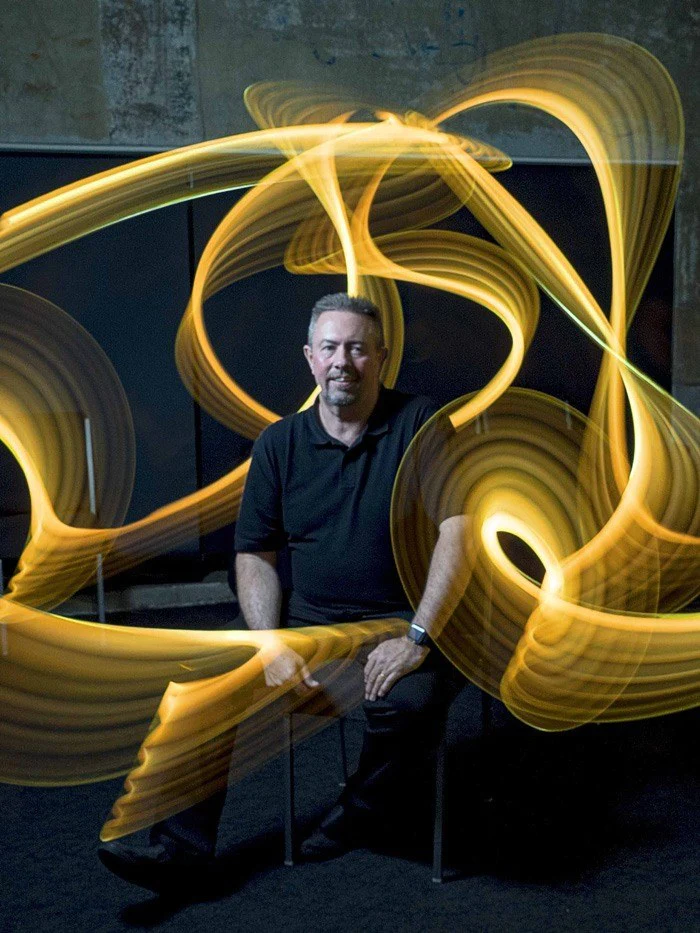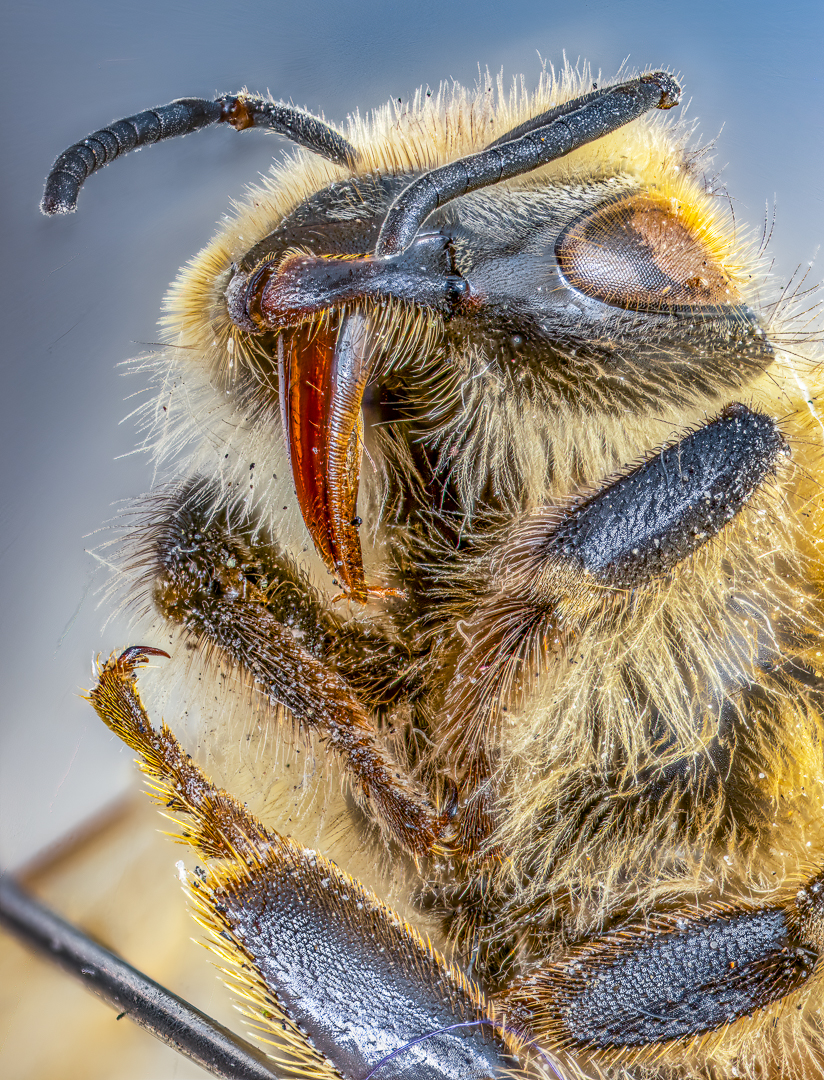The four modes most of us use all the time are the standard exposure modes, known as PASM, Program, Aperture Priority, Shutter Priority and Manual Mode.
Beyond these, and often grouped onto the main program dial with PASM there will be a number of “specialist modes”. These modes will preset the camera for shooting in certain conditions, effectively telling the camera to set it’s exposure, color and focus information to suit that particular criteria.
Whilst some see these as somewhat gimmicky, they can be useful, especially to novices who are trying to concentrate on getting their composition correct before getting too involved in the technical side. Today we will look at some of the more common modes, not all cameras/manufacturers have the same special modes but these are some of them that are common to most cameras.
[url=https://flic.kr/p/rnvHcW][img]https://farm9.staticflickr.com/8581/16652362480_35112e4d1e_z.jpg[/img][/url]
As well as PASM, your camera has some other specialist shooting modes. By Upupa4me
Landscape Mode
This mode will base its exposure around getting the smallest aperture without introducing camera shake. The idea behind this is to give the best depth of field, the area that is in focus in front of and beyond the actual point of focus.
Only when the shutter speed gets too low for hand holding will the camera start to open the aperture. The other effect often applied in this mode is to increase color saturation and contrast a little, to make the landscape “pop”
[url=https://flic.kr/p/vYoJVa][img]https://farm1.staticflickr.com/304/19672506883_6c7fbe9e8f_z.jpg[/img][/url]
Landscape will use smaller apertures and boost saturation. By Harry Pammer
Macro Mode
This mode generally sways towards giving a wider aperture when the lens is focussed on a close subject. Depending on the lens attached and camera manufacturer, it may enable the lens to focus closer than normal modes.
[url=https://flic.kr/p/9xDCnN][img]https://farm6.staticflickr.com/5023/5609007032_4f5ae656d7_z.jpg[/img][/url]
A Macro Mode may enable the lens to focus closer. By Rosan Nepal
Portrait Mode
This mode will lean toward giving the lens a wider aperture and hence the shallower depth of field associated with portraits.
Some cameras will “flatten the curve” meaning that they will reduce the tonal range between the darkest and lightest areas giving a reduction in contrast and a more natural looking portrait. They will often, also, reduce the saturation.
Portrait mode will, on some cameras, incorporate face recognition technology to identify the subject’s face and focus accordingly.
Night or Night Portrait Mode
As the name suggests this mode will allow you to take portraits at night using a technique called “slow shutter sync”. The camera will set an exposure to record the background, night details, then use the flash to illuminate the subject.
The ultra high speed of the flash will freeze the subject whilst a slow shutter speed will be used to record the dark scene behind. Although you can do this with the camera handheld, the background will have motion blur, streaks of lights from any light sources in the shot. For the best results, set the camera on a tripod and use a dedicated external flash gun rather than the camera’s inbuilt flash.
For the best results, set the camera on a tripod and use a dedicated external flash gun rather than the camera’s inbuilt flash.
Sports Mode
In this mode, the camera will give priority to maintaining a high shutter speed to freeze action. It will do this at the expense of aperture and if the light levels get too low, ISO will need increasing. In many cameras, this mode will also activate the continuous focus mode. This is where, when you half-press the shutter, the camera will continue to lock onto the subject as it moves rather than locking onto a single point.
Combining this mode with Continuous Drive, a mode where the camera shoots multiple images per second, will give you a good chance of getting great action shots.
[url=https://flic.kr/p/kmEdG8][img]https://farm8.staticflickr.com/7407/12704565463_f5b2707f8c_z.jpg[/img][/url]
In Sports Mode the camera will tend towards higher shutter speeds. By Rossana Ferreira
Full Auto Mode
This differs from Program mode in that it does not allow you to override the camera. It takes full control of exposure, focus, white balance and ISO to give you what it thinks is the optimum shot. By analysing focus and exposure data, the mode tries to estimate what type of shot you are taking.
Movie Mode
Virtually all cameras these days include some form of video recording. Most will be High Definition although increasingly, new cameras are equipped with Ultra High Definition or 4K as it's known.
The Movie Mode selector simply tells the camera to record video rather than stills when you press the shutter button. The amount of control you have over the video’s exposure, quality and definition varies from camera to camera and is usually set in the menu system.
Beyond these, some cameras have other specialist modes such as beach or snow but the ones mentioned above are the most common. Although these modes remove a lot of the decision making from you, they can be useful if you need to work fast or concentrate solely on composition.
However, as your knowledge of photography improves, you will find that you can control your shots much better using the PASM settings.




